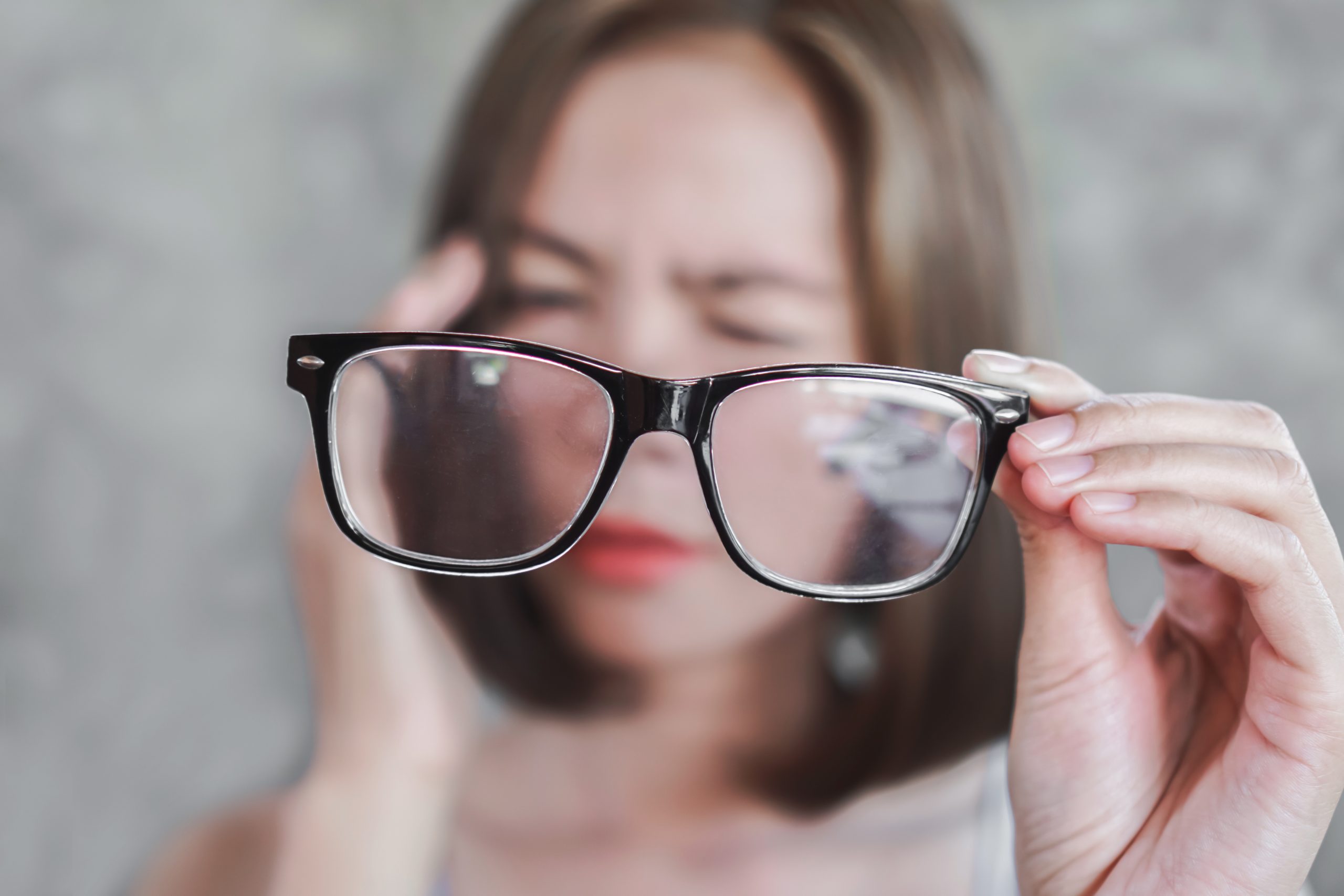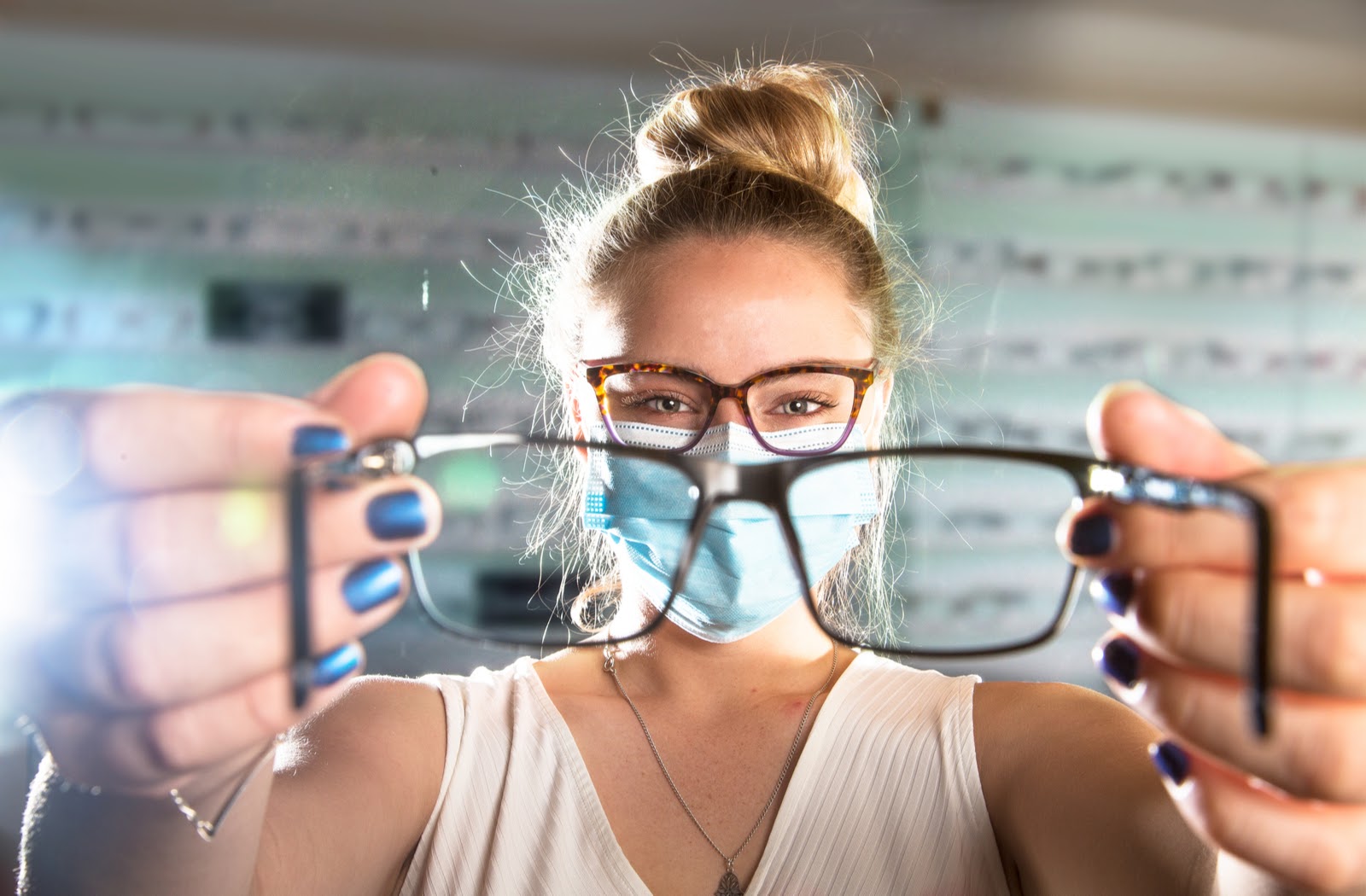In the realm of eye health, terms like 20/20 vision are familiar to most of us, but have you ever wondered what 20/40 vision entails? Understanding this concept is crucial for maintaining optimal eye health and ensuring clear vision. In this blog, we will delve into the basics of 20/40 vision, exploring what it means, its importance, benefits, and why it matters for your overall well-being.
What is 20/40 Vision?
When we talk about visual acuity, we often refer to the Snellen chart, a standard tool used by eye care professionals. The term 20/40 vision signifies that a person can see objects at 20 feet that a person with normal vision can see at 40 feet. In simpler terms, it indicates a slight impairment in vision clarity compared to the average.
Benefits of Maintaining 20/40 Vision

Following are the benefits of maintaining 20/40 vision:
Enhanced Safety
Having 20/40 vision is especially critical for activities that demand heightened visual awareness, such as driving. Adequate visual acuity ensures that individuals can react promptly to changes in their environment, reducing the risk of accidents.
Improved Productivity
Whether at work or at home, clear vision is essential for efficiency and productivity. Tasks such as reading, writing, and using electronic devices become more comfortable with optimal visual acuity, contributing to overall well-being.
Early Detection of Eye Conditions
Regular eye exams aimed at assessing visual acuity can help identify potential eye conditions early on. Conditions like myopia, hyperopia, or astigmatism can be corrected or managed with appropriate interventions when detected in their early stages.
Enhanced Quality of Life
Clear vision directly impacts one's quality of life. From enjoying hobbies to participating in social activities, maintaining 20/40 vision ensures that individuals can fully engage in and appreciate the world around them.
You can find out more information regarding different types of vision on any of the healthcare blogs in USA.
Addressing Common Causes of 20/40 Vision

Vision impairment, especially in the form of 20/40 vision, can be attributed to various factors that affect the clarity of eyesight. Understanding these common causes is crucial for individuals seeking to maintain or improve their visual acuity. Let's delve into some of the prevalent factors contributing to 20/40 vision and explore ways to address them.
Refractive Errors
Refractive errors, including myopia (nearsightedness), hyperopia (farsightedness), and astigmatism, are significant contributors to 20/40 vision. These errors occur when the shape of the eye prevents light from focusing correctly on the retina. Fortunately, corrective measures such as eyeglasses or contact lenses can effectively address refractive errors and restore clear vision.
Age-Related Changes
As individuals age, changes in the eye's structure can lead to conditions such as presbyopia, affecting the ability to focus on close objects. Regular eye exams become crucial to detect and address age-related vision changes promptly. Eyeglasses or multifocal lenses are common solutions to mitigate the impact of presbyopia.
Environmental Factors
Prolonged exposure to harmful environmental factors, such as excessive sunlight or prolonged use of electronic devices, can contribute to vision impairment. Protective measures, such as wearing sunglasses with UV protection and practicing the 20-20-20 rule (taking a 20-second break every 20 minutes and looking at something 20 feet away), can help alleviate strain on the eyes.
Eye Diseases

Certain eye diseases, such as cataracts, glaucoma, and macular degeneration, can cause a decline in visual acuity, including 20/40 vision. Timely diagnosis and treatment by an eye care professional are essential to manage these conditions and prevent further deterioration of eyesight.
Systemic Health Issues
Certain systemic health conditions, such as diabetes and hypertension, can have a direct impact on eye health. Regular health check-ups and maintaining overall well-being can contribute to preventing or managing conditions that might affect vision.
Inadequate Eye Care Practices
Neglecting proper eye care practices, such as not getting regular eye exams, failing to address refractive errors, or using outdated prescriptions, can contribute to 20/40 vision. Adopting good eye care habits, including regular check-ups and promptly addressing changes in vision, is essential for maintaining optimal eye health.
Improving 20/40 Vision: Practical Tips for Visual Enhancement

Achieving and maintaining optimal visual acuity, especially when dealing with 20/40 vision, often involves proactive measures and lifestyle adjustments. In this section, we'll explore practical tips and habits that individuals with 20/40 vision can incorporate into their daily lives to enhance and preserve their eyesight.
Regular Eye Exams
Scheduling routine eye exams with an optometrist is fundamental for maintaining good vision. These exams not only detect refractive errors or eye diseases early but also ensure that prescriptions are up-to-date, providing the best possible vision correction.
Eye-Friendly Nutrition
A diet rich in vitamins and nutrients plays a crucial role in maintaining eye health. Foods high in antioxidants, such as leafy greens, carrots, and berries, contribute to overall eye wellness. Omega-3 fatty acids found in fish like salmon can also support eye health.
Follow the 20-20-20 Rule
To alleviate eye strain, particularly during prolonged periods of screen time, follow the 20-20-20 rule. Every 20 minutes, take a 20-second break and look at something 20 feet away. This simple practice helps reduce eye fatigue and supports visual comfort.
Protective Eyewear

Shielding your eyes from harmful environmental factors is essential. When outdoors, wear sunglasses that block both UVA and UVB rays to protect against sun-related eye damage. Additionally, using safety glasses or goggles in work environments where eye injuries are possible helps prevent accidents.
Stay Hydrated
Proper hydration is beneficial for overall health, including eye health. Drinking an adequate amount of water helps prevent dry eyes and maintains the lubrication necessary for clear vision. Limiting the consumption of dehydrating substances like alcohol and caffeine is also advisable.
Conclusion
In conclusion, understanding the basics of 20/40 vision is integral to preserving eye health and overall well-being. The significance of this visual acuity extends beyond legal requirements for activities like driving; it directly influences the quality of our daily lives. Regular eye check-ups, adopting healthy eye care practices, and seeking corrective measures when necessary are essential steps in ensuring that our vision remains sharp and clear. Prioritizing eye health not only safeguards us from potential complications but also allows us to experience the world with the clarity it deserves.



